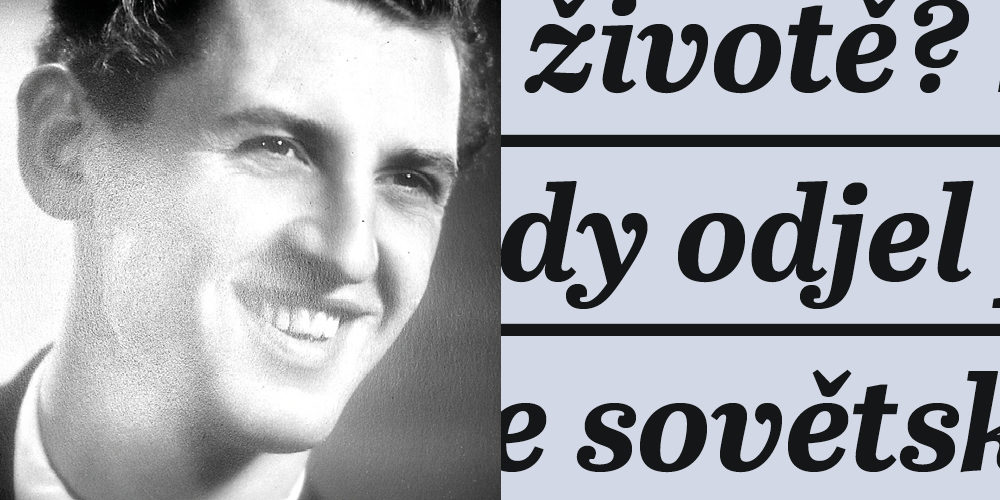
On the day when the representatives of Czechoslovakia and the Soviet Union were just signing the treaty on the departure of the troops, the first train with Soviet soldiers left Frenštát pod Radhoštěm. Dalibor Norský, a representative of the Civic Forum, negotiated for the local departure. For him, the 1968 invasion represented a loss of hope. “I did what I could to prevent ‘68 from happening again,” he says of why he became involved in the Velvet Revolution.
As early as December 1989, he became involved in the removal of a large Soviet unit from the city – two thousand soldiers and several hundred family members. The negotiations were not easy. The regimental commander, Vladimir Smirnov, made excuses for the number of soldiers and the equipment that needed to be repaired first. He estimated that the whole process of leaving would take a year.
“For them Czechoslovakia was America, they wanted to be here as long as possible.”
Dalibor Norský was adamant, and in the end his wit came to his aid: “I told him to keep in mind that those who returned to the Soviet Union first would be at an advantage. There would be places in the barracks, apartments for them. But what about the others? They would end up in some field in tents. He got it.” Three months after the revolution, on 26 February 1990, the first train left, and by the end of March there was not a single Soviet soldier in town. They left behind destroyed apartments and land and a river polluted by fuel.
Frenštát pod Radhoštěm became the first town in the country to carry out the removal of Soviet soldiers. In the whole of Czechoslovakia, the process took over a year.
Departure
In the 1980s, communist regimes were collapsing economically and socially. Falling behind the free world could no longer be disguised, and citizens invoked their rights. Rumors of change were coming from the Soviet Union in the era of Mikhail Gorbachev. Our country had been ruled for a second decade by the same set of normalization apparatchiks, who until then had devotedly listened to their comrades from Moscow, but did not want to hear about so-called perestroika – reconstruction.
When the totalitarian regime in our country began to collapse in November and December 1989 under the enormous onslaught of civil unrest, almost 80,000 Soviet soldiers, on whose threat the local regime relied, remained in the barracks – they were ordered not to intervene. In February 1990, the new president, Václav Havel, arrived in Moscow for an official visit. The Soviets apologized for the occupation in August 1968, and the foreign ministers concluded an agreement on the withdrawal of Soviet troops from Czechoslovakia. The negotiations were attended by the MP and musician Michael Kocáb. On 24 June 1991, to celebrate the event, he organized a concert with his band Pražský výběr in Prague’s Sport Hall, with the world-famous rocker Frank Zappa as a guest, and the whole show ended with the symbolic departure of a dummy of a Soviet soldier in a helicopter. Three days later, the real “last Soviet soldier,” Eduard Arkadyevich Vorobyov, the commander of the Central Group, left our country. In total, 73,500 Soviet soldiers, 39,000 of their family members, 1,220 tanks, 2,500 infantry combat vehicles, 105 aircraft, 175 helicopters and 95,000 tons of ammunition left Czechoslovakia.



